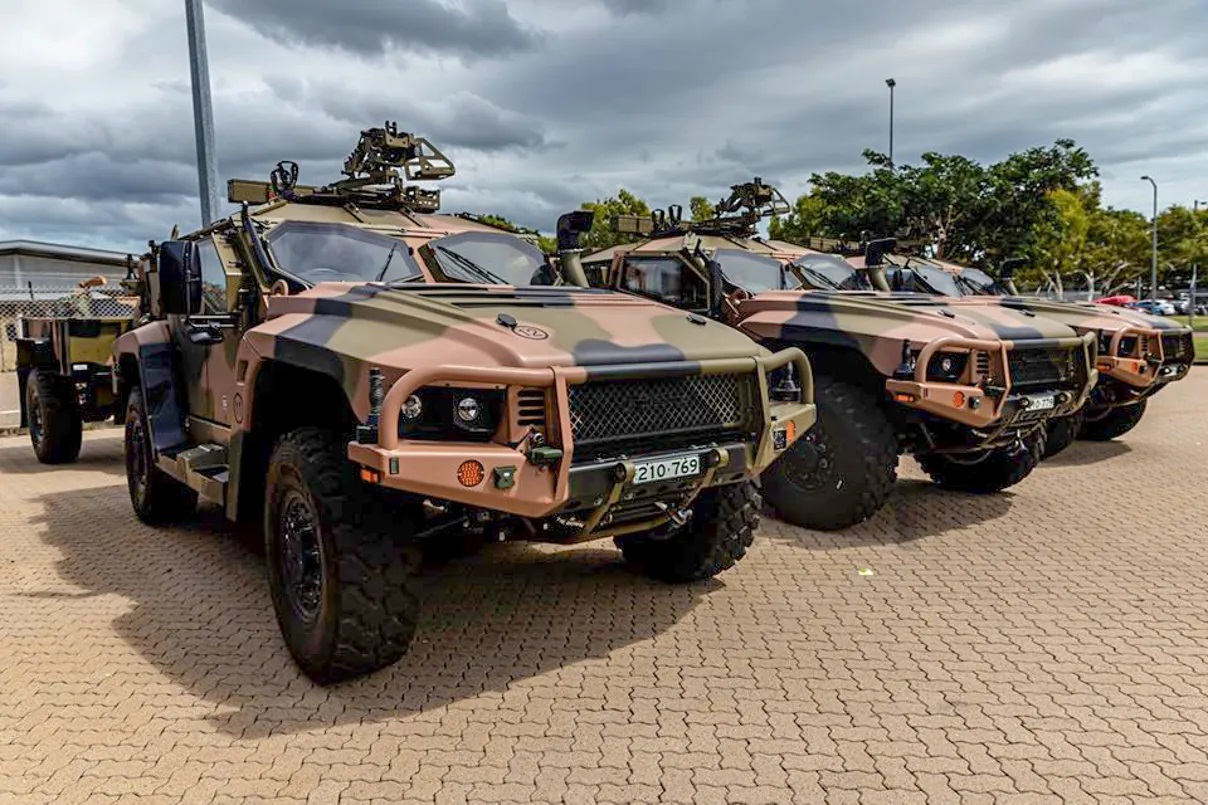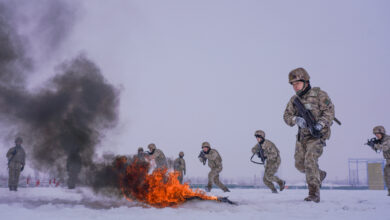Australia to Begin Accepting Hawkei Military Vehicles as Issues ‘Fixed’
The Australian military will soon begin accepting Hawkei protected mobility vehicles from Thales, as their reported mechanical issue has finally been resolved.
The federal government said a “fix” has been identified for the vehicle’s troubled braking system, which caused the Australian Defence Force (ADF) to stop accepting them in 2020.
According to Brigadier John-Paul Ouvrier, the Australian Army worked closely with the manufacturer to identify the fault with the modulator and quickly find a solution.
Canberra’s defense industry minister Pat Conroy said a total of 1,100 Hawkei vehicles sitting idle outside a Thales facility in Central Victoria are set to be rolled out to defense units across the country, though he did not provide a timeline.
“These vehicles are critical to the mobility of the Australian Army. [We will roll them out] through a remediation program to have the fix installed,” he said, adding that a specific timeline for full operational capability will be discussed with the government.
‘Trouble-Plagued Program’
In 2015, Thales was awarded a contract for 1.3 billion Australian dollars ($876 million) to produce 1,100 locally-built Hawkeis.
Meant to replace aging Land Rover Perentie fleet variants, the Hawkei will be used to transport up to five military personnel with its blast- and ballistic-protected crew cell.
“The Hawkei will improve protection for soldiers and enable them to operate in high-risk areas,” an Australian senator said in 2015.
But since entering full-rate production in September 2020, the program has been caught up in legal battles and scathing audits.
An ABC News report stated that Thales was concerned about the Commonwealth finding that it could save hundreds of millions of Australian dollars if it instead procured US-made Joint Light Tactical Vehicles.
“Defence has not clearly demonstrated that the acquisition provides value for money, as it did not undertake robust benchmarking in the context of a sole-source procurement,” an Australian National Audit Office report concluded.












